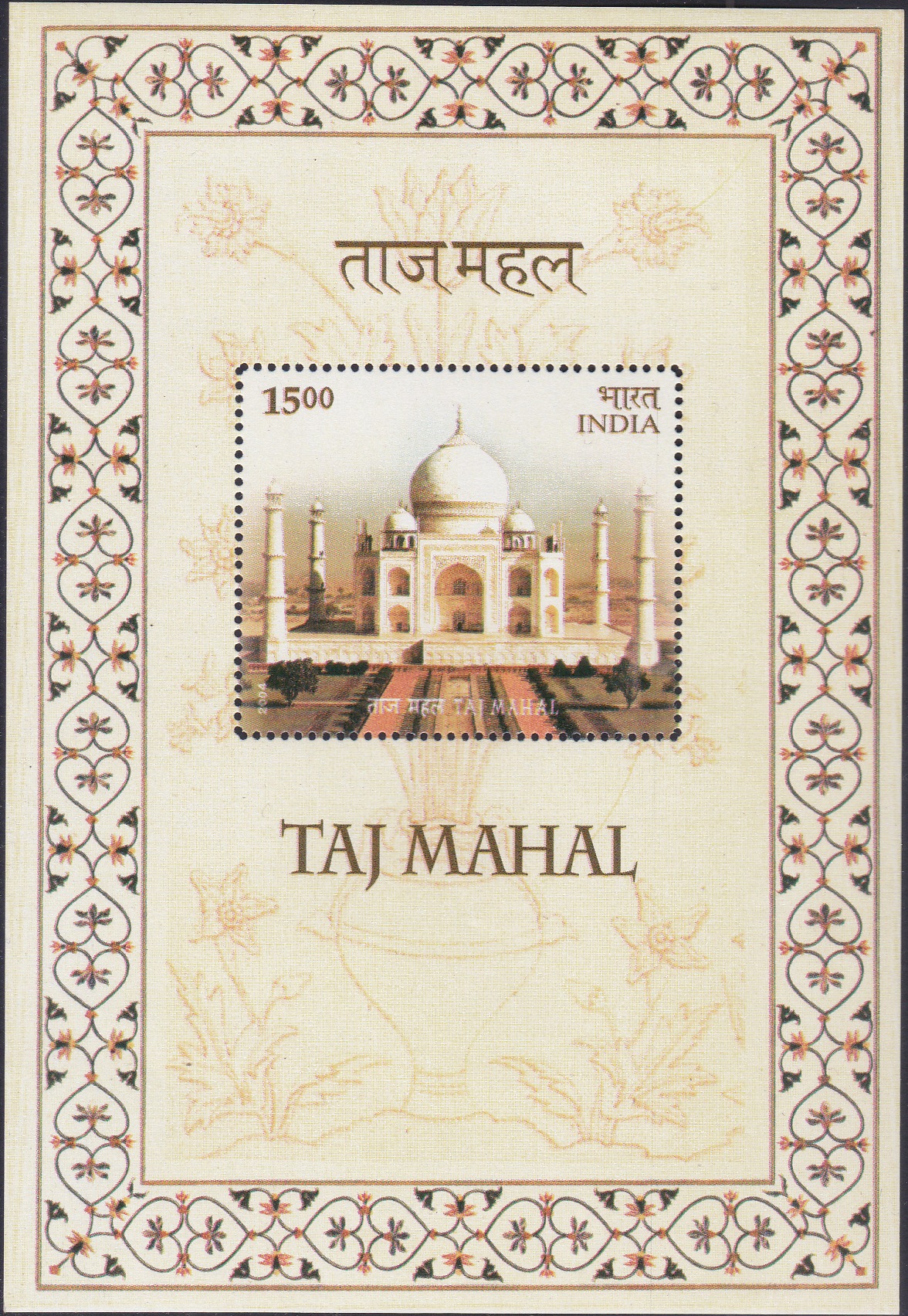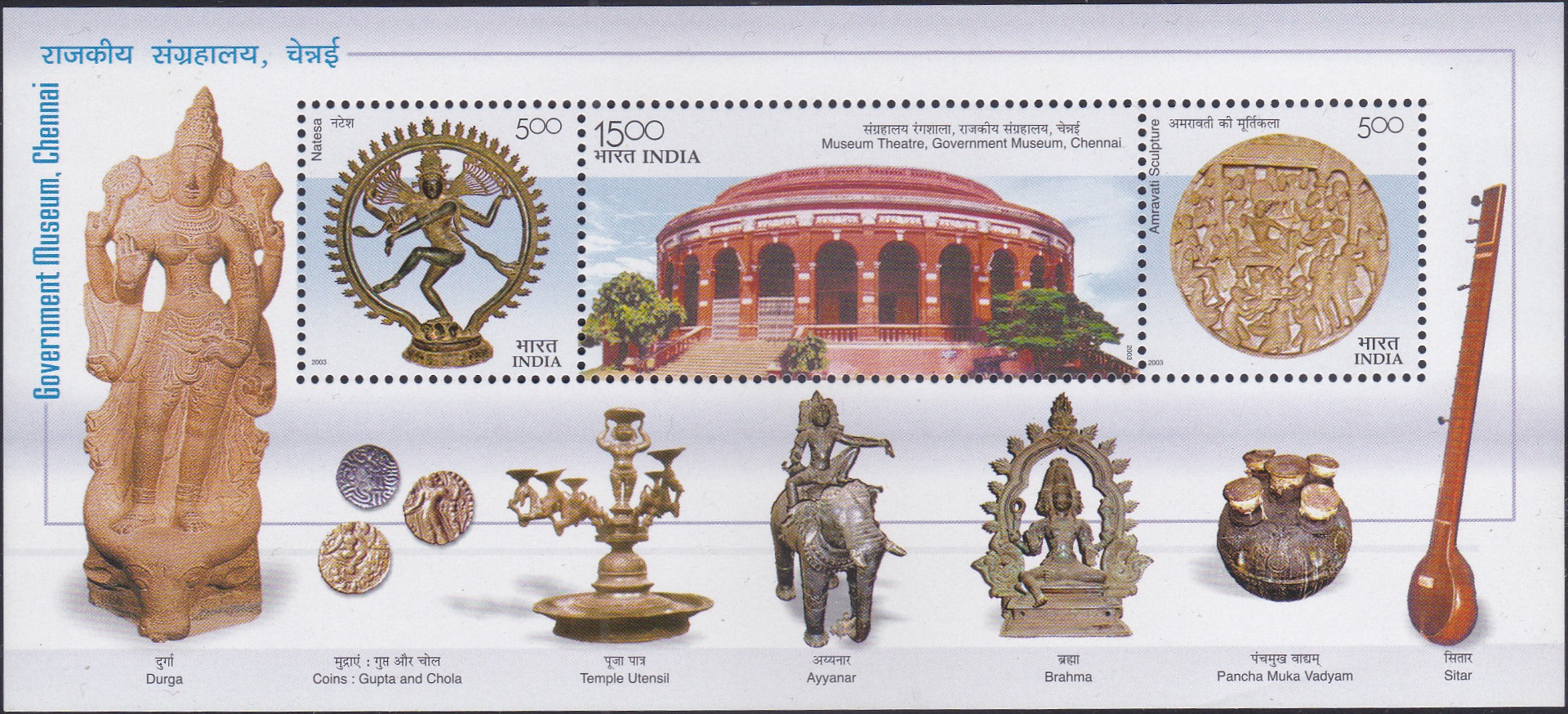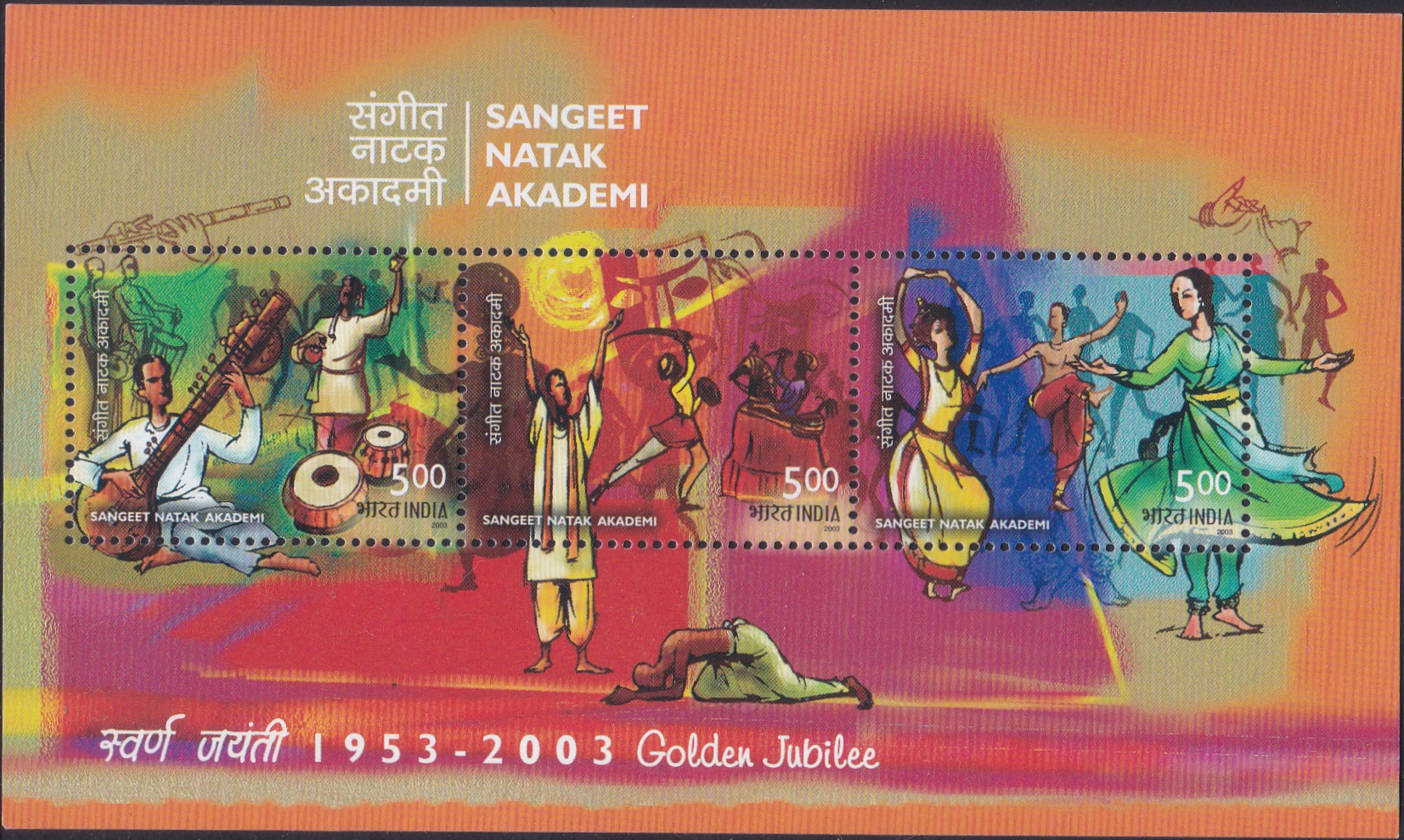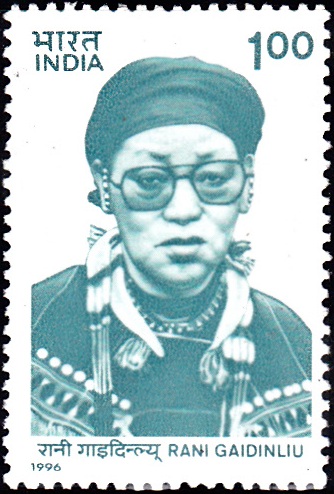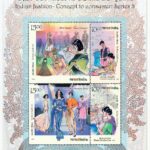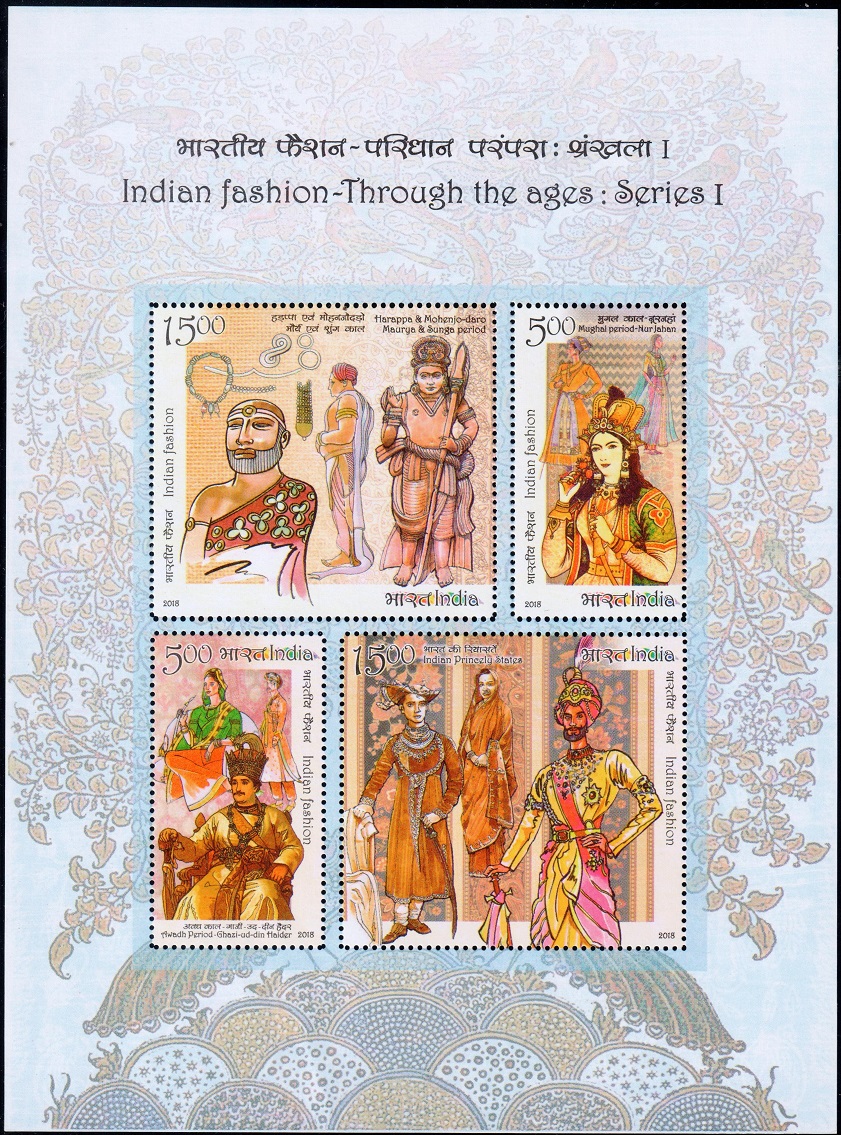
Indian Fashion – Through the Ages : Series-I
Complete set of 4 nos. of commemorative postage stamps on the Fashions of India through Ages : Maurya Empire, Mughal period, Awadh and Indian Princely states :
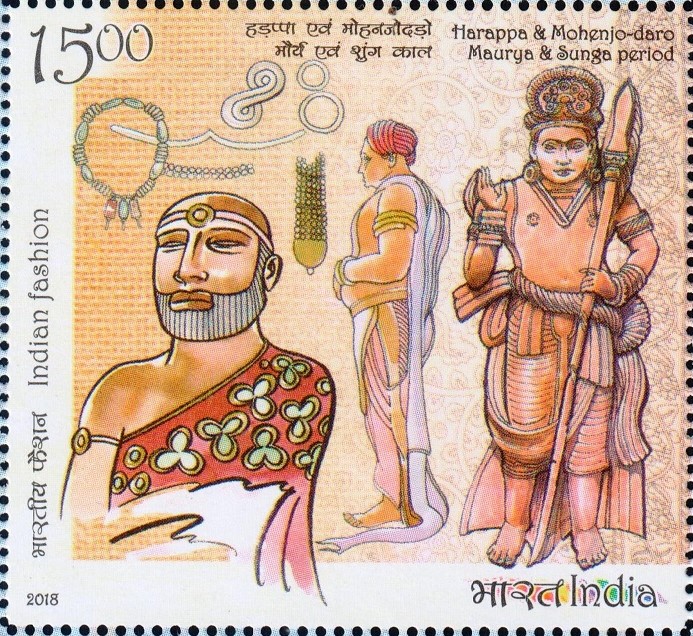
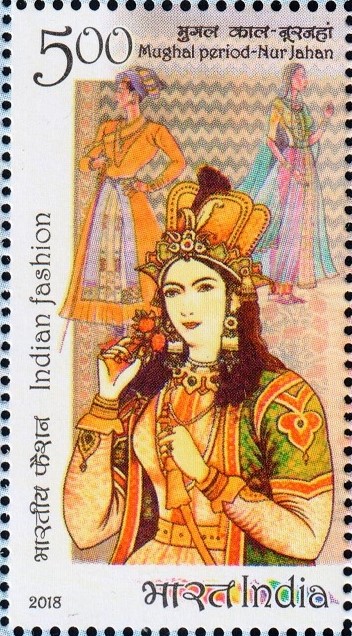
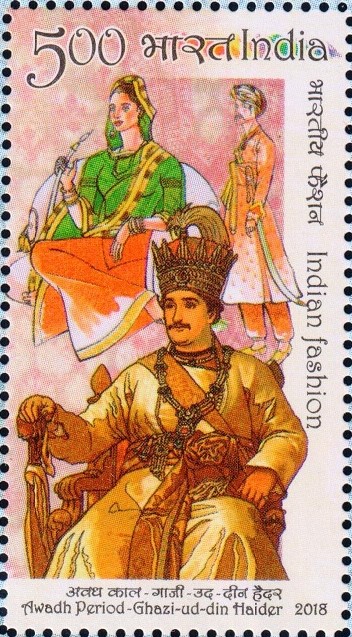
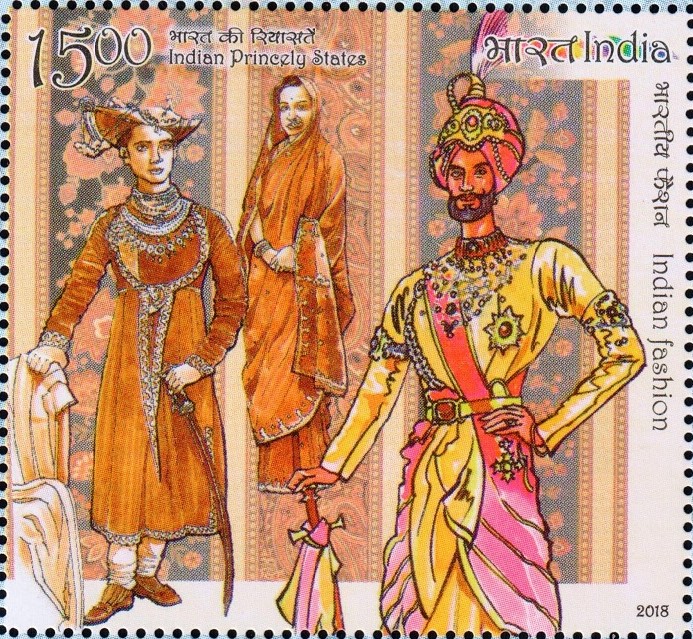

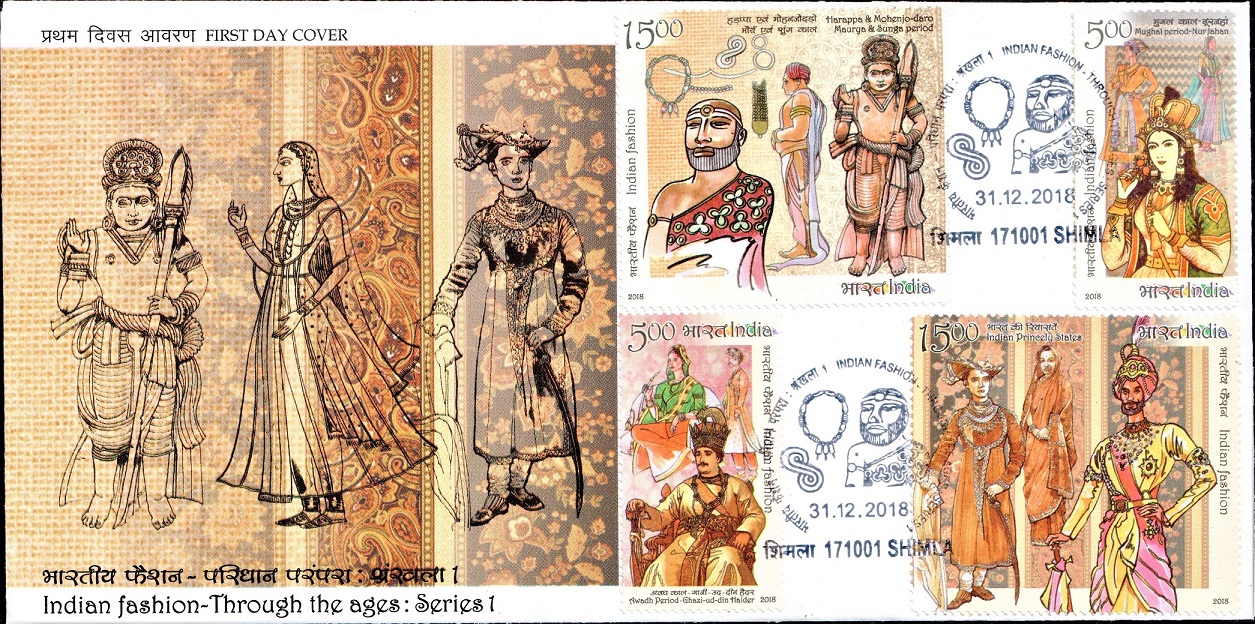 Issued by India
Issued by India
Issued on Dec 31, 2018
Issued for : Department of Posts is pleased to issue a set of four Commemorative Postage Stamps as Series – I on the theme “Indian Fashion – Through the Ages”.
Credits :
Stamps/Miniature Sheet/First Day Cover/Brochure : Shri Suresh Kumar
Cancellation Cachet : Smt. Alka Sharma
Type : Miniature Sheet, Mint Condition
Colour : Multi Colour
Denomination : 1500 Paise (2) and 500 Paise (2)
Stamps Printed : 5.0 Lakh each
Miniature Sheet Printed : 1.1 Lakh
Printing Process : Wet Offset
Printer : India Security Press, Nasik
About :
- Fashion is a universal subject, a language understood and spoken by one and all. Fashion is one of the most popular modes of expression. It describes the ever-changing style of clothes worn by those with cultural status. Fashions vary greatly within a society over time and are affected by age, occupation, location and social class.
- India’s recorded history of clothing goes back to the fifth millennium BC in the Indus Valley Civilization. India was one of the first places where cotton was cultivated and used even as early as 2500 BC during the Harappan era. The remnants of the ancient Indian clothing can be found in the figurines discovered from the sites near the Indus Valley Civilization, the rock cut sculptures, the cave paintings and human art forms found in temples and monuments. Dating back to the Mohenjo-daro civilization, the earliest preliminary version was found in the statue of Mother Goddess wearing an elaborate headgear supported by a pair of bands and a brooch, tight-fitted tunic and skirt fastened with a broad waist-band using a medallion like clasp. She is adorned with two necklaces, the smaller one has a set of four cylindrical pendants. The “Priest-king” and other stone figures are also depicted wearing a long robe over the left shoulder, leaving the right shoulder bare. The clothing system was also related to the social and economic status of the person. The upper classes of the society wore fine muslin garments and silk fabrics while the common classes wore garments made up of locally made fabrics.
- During the Mauryan Period, the most common attire of the people was antariya, which they used to wear as a lower garment. A cloth was covered in lehnga style to form a tubular skirt. An embellished long piece of cloth wrapped around the waist pleated into the antariya was called patka. As an upper garment, people’s main garb was uttariya, a long scarf. The difference existed only in the manner of wearing. Textiles were dyed and printed. Resist dyeing and hand printing has been mentioned by Megasthenes as a common sight during the Mauryan period as has glazed cotton. Felting of fibres instead of weaving was also a generally used technique.
- The Mughals played a vital role in Indian Fashion and exerted a huge influence on the Indian dressing style. Men wore jama which was considered as the main royal garb of Mughal emperors, patka to keep the jewelled sword around the waist of jama. The patka is a type of girdle made of a fine fibre which is hand painted, printed or embroidered and choga embroidered, long sleeved coats generally worn over jamas and angrakhas. Mughal women wore a large variety of ornaments from head to toe. Their costumes generally included Peshwaj, Yalek, Pajama, Churidar, Dhillija, Garara and Farshi, they all included head ornaments, anklets and necklaces. This was done as a distinctive mark of their prosperity and their rank in society. Head-dresses were often worn by Mughal women and were available in various styles. Empress Nur Jahan, consort of Jahangir, epitomising beauty, wore a short-sleeved long or short jacket over her kurta. While she wore it to maintain her sophistication, the outfit made a style statement.
- Awadh (the region of the modern state of Uttar Pradesh around Ayodhya, west of Varanasi) has historically been among the most important regions in India, politically, religiously and socially and holds a vital position with respect to the development of Indian fashion. For centuries, the Awadhi style of dressing has intrigued fashion enthusiasts. Its fabrics, embroideries and precision in design, influence connoisseurs of fashion and style enthusiasts alike. The Nawabs, who were predominant in Awadh during the 18th and 19th centuries, particularly influenced the evolution of fashion. The aristocracy of Lucknow spent lavishly on their dresses. This had an impact on the dresses of the courtiers and the Awadhi people in general. The emphasis was not only on costumes and textiles, but also on how they were worn.
- Indian Princely states also displayed evolution of fashion through fusion of local traditional dresses with the trends from other parts of India. For instance, for aristocratic Rajput men court dresses included angarkhi, pagdi, chudidar pyjama and a cummerbund (belt). Dhoti was also in tradition but it was worn in different styles across various princely states. This period also saw a fusion of diverse Indian attire and clothing trends infused with elements of European fashion.
- Text : Based on the material provided by Prof. Manika Walia and other sources.
Subscribe
Login
0 Comments


